![]()
![]()
![]()
Use LEFT and RIGHT arrow keys to navigate between flashcards;
Use UP and DOWN arrow keys to flip the card;
H to show hint;
A reads text to speech;
81 Cards in this Set
- Front
- Back
|
Address Bar (websites)
|

Appears at the top of the screen where the URL is entered (eg www.dictionary.com)
|
|
|
Allusions
|
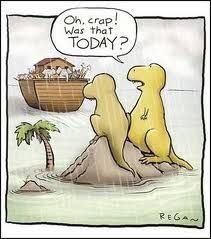
References to other texts as well as well known images
|
|
|
Analogy
|
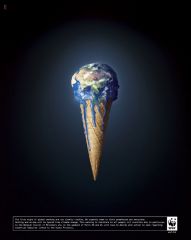
Placing two unlike objects together for comparison
|
|
|
animated sequence
|
using animated drawings in motion eg in 'Run Lola Run'
|
|
|
atmosphere
|
The mood of the scene. Atmosphere can be established through the use of colour, lighting, music, editing and camera shots.
|
|
|
Background
|
What appears in the back of the image
|
|
|
Blog (website)
|
An electronic system for entering personal reactions or stories that can be relayed to many people and allows interactivitiy; a digital diary for public viewing; when writing about blogs, consider informal language, use of jargon, use of first person to create a personal, more intimate connection with readers; the ability to 'like' or 'comment' on a post to encourage interactivity; publicity tools such as reddit, twitter and instagram
|
|
|
body language
|
An important code used by filmmakers when constructing characters. Body language becomes a technique for informing the audience about how a character feels about himself or herself, others or an event or situation. Consider facial expression, gestures, posture, position of body or hands, proxemics, etc.
|
|
|
Body language and gaze
|
Facial expressions, gestures, stance or position – can convey the attitude, feelings or personality of the individual shown. Take note of the direction of the subject’s eyes.
|
|
|
camera angles
|
Camera angles function as symbols to: A high angle shot is a shot where the camera is above the subject. It reduces the importance of what is being viewed by making it look smaller. A high angle shot makes the protagonist look vulnerable, powerless or lacking in control.An eye level shot is a shot where the camera is equal in eye level to the subject. It makes the character appear equal in power or control.A low angle shot is a shot where the camera is below the subject. It is used to suggest authority, dominance or power.An establishing shot establishes context at the beginningA God or Bird’s eye view is a shot from a great distance looking downA two point shot is two people in the frame with minimal white spaceA spinning shot rotates the camera to produce spinning to show disorientation, etc.An over the shoulder shot is a point of view shot that includes the shoulder to create a sense of distance or detachmentA dutch tilt can cause an oblique angle of view to indicate disorientation, etc.Dolly is a moving camera usually on machineryTracking is the camera moving and following a characterAn insert shot is a different framing or angle from the master shot to focus on one element in the sceneA reverse shot is moves from one character’s point of view to another’s to show them looking at or engaging with each otherPanning is a 180-degree movement of the camera from side to side for a sense of panorama; often an establishing shot
|
|
|
camera shots
|
Everything that is visible through the lens. Camera shots show the subject at different distances.a) A close up shot (CU) is where the camera is close to the subject. Close ups draw the viewer's attention to detail.b) A medium shot (MS) shows characters from the waist up.c) A long shot shows the subject from a distance and contains some background. It is used so the viewer can notice other elements in the pictureAlso consider zoom in or zoom out; extreme close up, mid shot, wide shot and extreme wide shot
|
|
|
Caricature
|
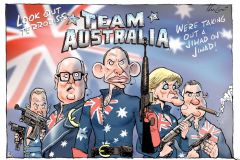
A device used in descriptive writing and visual arts where particular aspects of a subject are exaggerated to create a silly or comic effect. In other words, it can be defined as a plastic illustration, derisive drawing or a portrayal based on exaggeration of the natural features, which gives a humorous touch to the subject.
|
|
|
Chiaroscuro
|
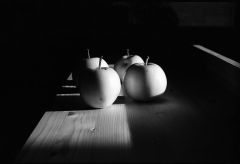
The use of strong contrasts between light and dark, usually bold contrasts affecting a whole composition
|
|
|
colour
|
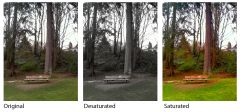
Colour is usually described in terms of its hue, saturation and brightness. Hue is the shade or tint; the property of colour that permits it to be labelled (red, blue, green, yellow and so on). Desaturated colour is the absence of hue in colour; white represents fullv desaturated colour
|
|
|
Colour - symbol
|
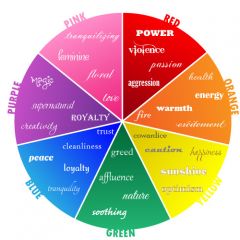
In black and white images examine the use of contrast, light and darkness. In a colour image, colours are used to signify feelings and evoke a response. E.g. Red = passion, anger, hell, vitality, etc. blue = peace, harmony or coldness. Colour may be saturated (full strength) or desaturated
|
|
|
Composition
|
What is included is deliberately placed (also applies to what is omitted). Consider all inclusions and omissions e.g. surroundings, objects, clothing etc; framing, layout, rule of thirds, background and foreground, etc.
|
|
|
Contrast
|
The arrangement of opposite elements (light and dark, large and small, rough and smooth) to create interest, excitement or drama.
|
|
|
deep focus
|
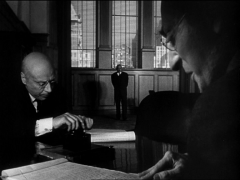
large depth of field with background and foreground maintaining focus
|
|
|
dialogue
|
Words spoken by actors.
|
|
|
diegetic sound
|
Sound elements which are part of the world of the narrative. Elements which characters in the movie can hear.
|
|
|
Dissolve
|
An editing technique where one scene merges into the next. This kind of editing is often used to show the lapse of time.
|
|
|
Dropdown box (website)
|
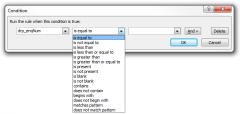
A list of subheadings of the different sections you can go to in the site
|
|
|
Editing
|
Altering, rearranging or cutting of scenes done by the editor. This can create speed or stasis, depending on the film time between cuts.
|
|
|
Establishing shot
|
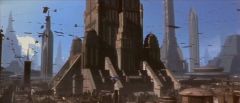
A wide angle scene showing the audience where the action is about to occur.
|
|
|
Font
|
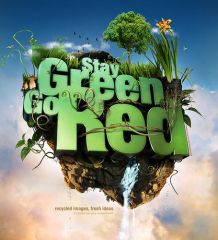
Fonts are important in images, particularly ads or picture books. Fonts may be bold, large or smaller or varied in size, placed in a particular position, a colour, a style that conveys meaning (old fashioned vs modern vs art deco vs standard fonts)
|
|
|
Foreground
|

what appears in the front of the image
|
|
|
Framing
|
The same camera shots and angles relevant to film. Close ups, extreme close ups, medium shots, long shots, tilted up or down shots etc.
|
|
|
Framing - an image within a frame or borders
|
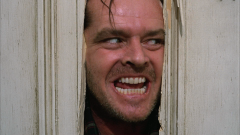
The limitations or borders created around a scene. Also consider images inside frames within the frame of the film such as what appears on a TV set or in a picture or in a doorway on screen.
|
|
|
Gaze - offer and demand
|
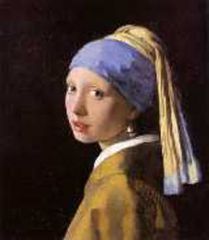
Gaze - Demand: the eyes of the image look directly at the viewer and demand our attention; Gaze - Offer: the person in the frame could be looking beyond the frame or at another subject in the image and is not looking directly at the viewer of the image. The offer invites you into the narrative of the picture as an observer.
|
|
|
Hypertext
|
text that links to other pages or sites
|
|
|
Icon
|
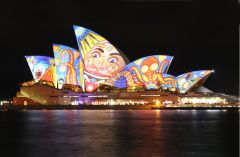
A person or thing regarded as a representative symbol or as worthy of veneration.
|
|
|
Icon (website)
|

An image that represents an action on the computer. Social media icons include the twitter, reddit, email, print, etc, icons.
|
|
|
Icon and symbols
|
Icon - a person or thing regarded as a representative symbol or as worthy of veneration. Symbol - A symbol is literary device that contains several layers of meaning, often concealed at first sight, and is representative of several other aspects, concepts or traits Eg The phrase “a new dawn” does not talk only about the actual beginning of a new day but also signifies a new start, a fresh chance to begin and the end of a previous tiring time
|
|
|
irony
|
a) A statement when the intended meaning is usually the opposite; saying one thing while you mean another, often through understatement, concealment or indirect statement. b) An outcome of events contrary to what was, or might have been, expected.
|
|
|
juxtaposition
|
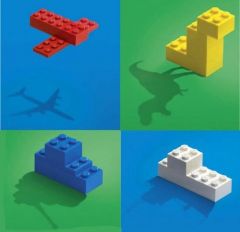
Placing two things in a close relationship to achieve contrast and to highlight different details.
|
|
|
Layout (given and new)
|
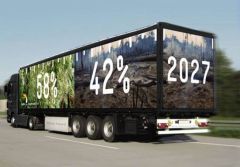
In an image the 'given' or what is already known is usually on the left hand side of the image while the 'new' or unknown is on the right hand side. A vector or line (this may be the look of an actor, text, line within an image, etc) will often guide the viewer to look from left to right, from the given to the new. This is common in advertising and picture books.
|
|
|
Layout (ideal and real)
|

The placement of elements in either the top or bottom half of the frame can influence the meaning of an image. The elements in the top part of the frame are presented as the Ideal. The elements in the bottom half are presented as the Real. The Ideal means that it is presented as the idealised or generalised essence of the information and the most salient part. The Real can also present more specific information, evidence, details, practical information, consequences or directions for action. Real to ideal can also move from left to ride as in this illustration.
|
|
|
lighting
|
Lighting is used to create atmosphere and establish information about characters and events. Think about whether the lighting is naturalistic or not. Lighting can be dim or soft or harsh or coloured with the use of filters.
|
|
|
Link (website)
|
Connections or hyperlinks to other sites on a website
|
|
|
mise-en-scene
|
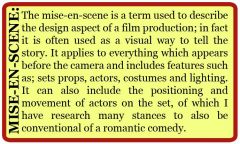
the arrangement of all objects and characters in the frame
|
|
|
montage
|
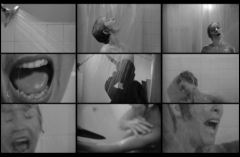
a series of short shots edited to suggest time, space or relationship between shots
|
|
|
motif
|
An aspect of a film (for example a type of character, theme or image) which recurs frequently.
|
|
|
Navigate (website)
|
Move around the website
|
|
|
non-diegetic sound
|
Sound elements which the audience can hear but are not heard by the characters in the film (for example, sound track, voiceover).
|
|
|
obstacle
|
An event that challenges or hinders the protagonist’s progress.
|
|
|
Omissions
|

What has been deliberately left out. What are the gaps or silences or is the image making a comment about omissions in socieyt
|
|
|
Orientation, Point of view
|
Relates to framing and angle: is the responder positioned above the image (looking down), below or at eye level?
|
|
|
parallel editing
|
also called cross-cutting, this alternates two or more scenes so that they appear to be happening at the same time
|
|
|
Parody
|
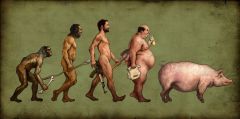
An imitative work designed to mock, comment or trivialise an original work
|
|
|
point of view
|
The perspective from which the action is viewed. Who tells the story? Through whose eyes is the story being narrated? The position of the camera is important in terms of indicating the point of view or perspective.
|
|
|
point of view shot
|
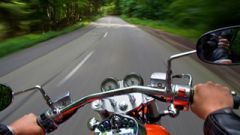
A shot showing what the character is seeing.
|
|
|
Positioning
|
Consider which objects have been placed in the foreground, middle ground or background.
|
|
|
protagonist
|
The central character of a story who serves as a focus for its themes and incidents.
|
|
|
Proxemics
|
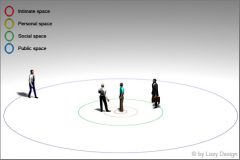
Measurable distance between people. Close proxemics suggests either more intimate or possibly a threatening relationship
|
|
|
Questions to ask of images
|
• What’s happening?• How is the relationship developed between the viewer, the image and the image maker?• How is the image composed?• Purpose?• Audience?• Cultural contexts – consider culture, value, ideology, world view• Historical context• Situational context• Personal context• Consider what is presented as ‘normal’ and the possibilities that have been excluded either deliberately or unintentionally• Consider how images of race, gender, families, politics and environment are portrayed
|
|
|
Rule of thirds
|
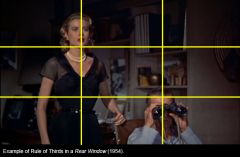
Divide an image into thirds from the top and sides and look at the placement of people and/or objects. An object in the top third is usually empowered whereas anything in the bottom third is disempowered.
|
|
|
Salient or salience
|

The part of an image that your eyes are first drawn to. Often it might be the brightest, largest, strangest, etc . Colour, image and layout determine what the salient image is.
|
|
|
setting
|
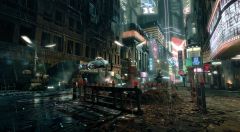
The time and place where a film is located. This image is from the setting of the dystopian sci-fi film 'Blade Runner,' directed by Ridley Scto
|
|
|
Site map (website)
|
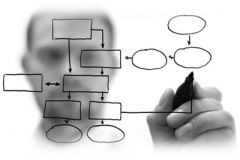
An outline of the different sections of the website
|
|
|
slow motion
|
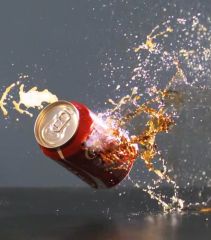
Reducing the speed of the camera to highlight something dramatic or to emphasise a significant moment.
|
|
|
sound
|
What the viewer hears; noise, dialogue, music, and so on.
|
|
|
sound effects
|
Artificially produced sounds. These can be used to enhance mood or atmosphere, to create particular associations of character, object or place, or to convey meaning.
|
|
|
soundtrack
|
All the music, sound effects and dialogue that you hear when you watch the film.
|
|
|
suspense
|
Anxiety or apprehension resulting from an uncertain, undecided, or mysterious situation. Usually when viewing films suspense creates pleasurable anticipation about how events will be resolved. Suspense is used to engage the viewer.
|
|
|
Symbol or symbolism
|
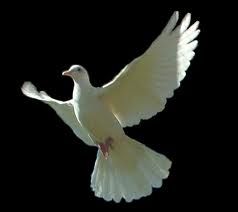
The use of an image to represent one or more (often complex) ideas.
|
|
|
Text features
|
Hyperbole - exaggeration; sarcasm and irony; tone
|
|
|
tracking
|
A technique in which the camera follows the actor
|
|
|
transition
|
Movement from one scene to the next, usually involving a change in time or location. Transitions include dissolve edits, fades or cuts.
|
|
|
Vectors
|
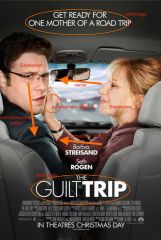
The lines that draw us toward a particular image. Composers deliberately direct our reading path through the vectors. E.g. If all of the subjects are tall, long and upright our eyes follow straight vectors that lead to the top of the frame. This could make the subject seem powerful or inflexible.
|
|
|
Visual metaphors
|
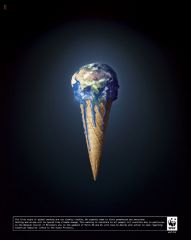
One image or set of images used in place of another to suggest an analogy between the two images or sets of images. Modern advertising relies heavily on visual metaphors. For example, in a magazine ad for the banking firm Morgan Stanley, a man is pictured bungee jumping off a cliff. Two words serve to explain this visual metaphor: a dotted line from the jumper's head points to the word "You"; another line from the end of the bungee cord points to "Us." The metaphorical message--of safety and security provided in times of risk--is conveyed through a single dramatic image.
|
|
|
voice-over
|
a piece of narration in a film or broadcast, not accompanied by an image of the speaker.
|
|
|
Wallpaper (website)
|
The background of a page
|
|
|
What to consider when analysing pictures
|
When analysing an image consider: the subjective frame - what do you think of when you look at the image and what is the composer conveying about the subject and times; structural frame - the techniques the composer is using to make meaning such as framing and composition, salience, gaze, vectors (lines and reading path), angles, shot, contrast or juxtaposition, colour and lighting, symbolism and icons; cultural frame - the context of the image (how would it have been received by its intended audience; what does it reflect about its historical, cultural and political times?); critical frame - what are the gaps and silences of the image (eg is any perspective left out that seems odd), has the image been manipulated, are you as a responder being positioned to view the image in a certain way?
|
|
|
Window / screen (website)
|
Pages of a website
|
|
|
Words to describe light and colour
|
Gloomy; chiaroscuro; saturated; oppresive; candlelit; piercing; vivid; sharp; natural
|
|
|
Words to describe sound
|
Soothing; cacophony; euphonic; lyrical; orchestral; mounting; booming; loud; crescendo; quieting; rising sound; staccato; celebratory; playful; jazzy; patriotic; chorus; echoing; haunting; popular; angry; stately; serene; sonorous; mysterious; dramatic; hypnotic; climactic; urgent; energetic; discordant; rhymthmic
|
|
|
Zoomorphism
|
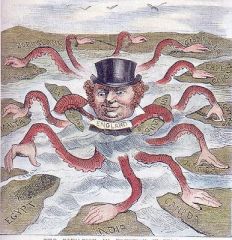
Giving animals human qualitiies
|
|
|
Modality
|
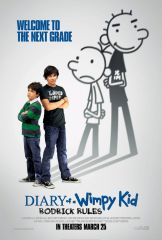
Levels of realism within a text.High modality suggests the image looks or is ‘real’ while low modality suggests moreconceptual or abstract images, such as a cartoon or sketch. This 'Diary of a Wimpy Kid' poster shows both high modality, in the photo of the actors, and low modality, in their cartoon caricatures.
|
|
|
Gaze - offer
|

An 'offer' gaze invites the viewer to follow the story of the imagerather than makes a direct demand of them
|
|
|
Gaze - demand
|

A 'demand' gaze simulatesdirect contact with the viewer. This might make a challenge to the viewer, set up a power relationship or invite complicity and empathy.
|
|
|
Background - contextualised or non-contextualised
|

Background: the background of a visual textcan be either contextualised or non-contextualised. A contextualised backgroundis one which provides a place, time or setting for the audience. Anon-contextualised background is one which can be saturated colour and providesless contextual information for viewers or responders. The example image is non-contextualised.
|

